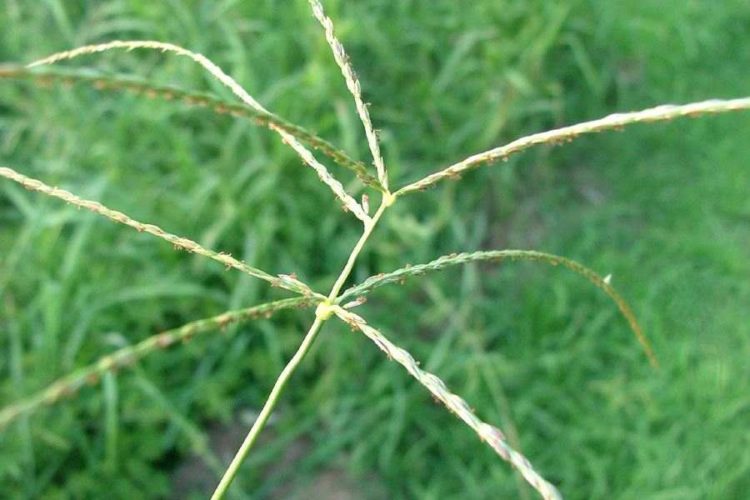A number of the grass species that are used commercially for grazing in South Africa are not indigenous. And, indeed, new non-indigenous species are being introduced all the time, such as the Brazilian and Russian grass species now available. But South Africa is blessed with a variety of indigenous species that do very well in the correct conditions and there are various factors to consider when making your choice:
- Your soil type;
- The terrain of the field;
- Climatic conditions;
- What the field is used for;
- Which types of livestock will be grazing;
- How many animals the field has to support;
- What other fauna, reptiles, insects and birds will be accommodated;
- Rainfall and other access to water.
Key factors for grazing species are the ability to produce leaf material; palatability, digestibility and nutritional value, of which the crude protein value is the most important; growth vigour and habitat preference.
It also helps to know the ecological status of the grass, which is the grouping of grasses based on their reaction to different levels of grazing: a grass species either increases when it is grazed or it decreases.
The best grasses to use are local grasses, which are adapted to the soil and climatic conditions. The more species in a mix, the greater the chance of long-term success. And if one knows one’s species the canny smallholder could be harvesting grass seeds whenever they are available in road reserves or out in the wild.
The following are palatable grasses that can be grown:
Acroceras macrum (Nile grass), Andropogon appendiculatus (Vlei bluestem), Hemarthria altissim (Swamp couch), Panicum repens (Couch panicum), Paspalum dilatum and notatum all do well in damp or wet soils.
Chloris virgate (Feathertop grass), Panicum coloratum (Small buffalo grass), Themeda triandra (Red grass) and Eragrostis capensis (Heart-Seed Love grass) grow in clay soil.
In sandy soils: Anthphora pubescens (Wool grass), Eustachys paspaloides (Brown Rhodes grass), Dactyloctenium giganteum (Giant crowfoot),Schmidtia pappophroides (Sand quick), Sporobolus fimbriatus (Dropseed grass), Digitaria eriantha (Common finger grass, formerly Smuts finger) (Pictured above).
Loam soils: Eragrostis curvula (Weeping love grass) and Urochloa oligotricha (perennial Signal grass).
Setaria lindenbergiana (Mountain bristle grass), Setaria sphacelata var. torta (Creeping bristle grass), and Digitaria tricholaenoides (Purple finger grass) grow on rocky hillsides or in gravelly soil.
Brachiaria brizantha (Common signal grass), Cenchrus ciliaris (Blue buffalo grass) and Cynodon dactylon (Couch grass) can be grown in most soil types.
What indigenous grasses do you favour? Let us know in the comments below.


I have 40hectares on the West Coast near Melkbosstrand, extremely sandy soil, winter rainfall 350mm/year. I’m looking for a grass that I can establish to be used as dryland pastures for cattle & horses, and to stabilize the soil. Can you help?
Jaco Fourie
0825675133